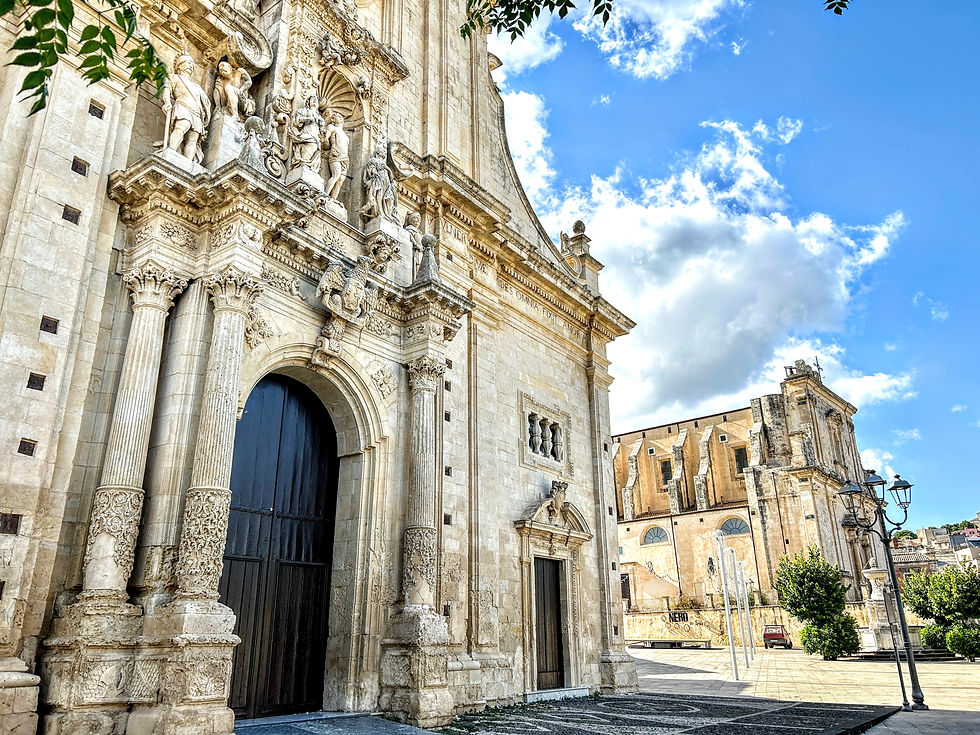The considerable abundance of water in the area allowed the construction of the Claudio and Marcio Aqueducts, which in the 1st century AD., partially solved the water problems of a thirsty and ever-expanding Rome... #tuttitaly
Arsoli is set between the Regional Park of the Simbruini Mountains and the Lucretili Mountains.
The typical village of Arsoli originates in a reasonable period (5th-4th century BC). Around the third century BC, the conquering Romans brought their numerous colonists who called the city Arxula. According to some, Arsoli was formed from arx (rock) and saxa (stone) to highlight its location on the hill.
The beating heart of the village is the elongated Piazza Valeria, occupied at one end by a sixteenth-century octagonal fountain and at the other by a Roman milestone column surmounted by a statue of the phoenix.
The town's most important monument is the Massimo Castle, dating back to the 10th century AD. It was built as a fortified convent for the good Benedictine and Sublacense monks. The Castle is located overhanging the rock on the sides facing Arsoli.
The side, on the other hand, which does not open onto the town, enjoys the view of a beautiful park characterized by beautiful Italian gardens.
The parish church of SS. Salvatore was built in 1580 to a design by Giacomo della Porta, a famous Italian architect, and sculptor from a family of Comacine sculptors.
Among the other religious buildings, we find the church of San Lorenzo (15th century), the church of San Bartolomeo (13th century), and the small church of San Rocco (16th century).
Thanks to the considerable abundance of water in the area, the Claudio and Marcio aqueducts were built. In the first century AD, these partially solved the water problems of a thirsty and ever-expanding Rome.
Among the characters linked to Arsoli, we find the figure of San Filippo Neri, to whom a chapel in the Castle complex is dedicated, and Amico d'Arsoli, to whom a historical re-enactment is saved with the "Palio dell'Amico." Another illustrious person was Luigi Pirandello (1867-1936), a famous Italian writer and poet who loved to retire to this country, especially in the summer.


























Comments